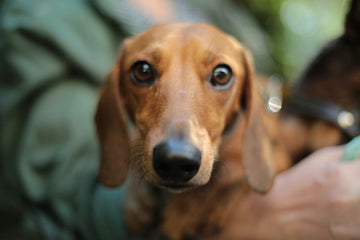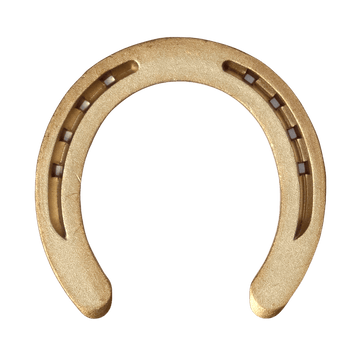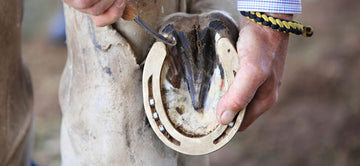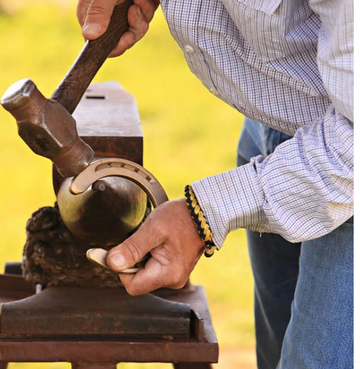Caring for small dogs brings joy, companionship, and energy to their owners, but they also require specialized care to thrive.
From their unique nutritional needs to exercise requirements, training, and health considerations, caring for a small dog requires attention to detail.
Whether you’re a new pet parent or looking to enhance your knowledge, this guide will provide essential tips and best practices to ensure your small dog lives a happy, healthy life.
Understanding Small Dog Breeds
Compact Size and Ideal for Indoor Living
Small dog breeds are perfect for apartment dwellers and those with limited space. Small dog breeds typically weigh around a few pounds, highlighting their suitable size for indoor living. Their small stature makes them easy to accommodate indoors, but they still need plenty of attention and activity.
Great Companion Dogs
Many small dogs are affectionate, people-oriented, and highly adaptable to various lifestyles. They make excellent emotional support animals and thrive on human companionship, making them perfect for anyone looking for a loyal furry friend.
Delicate and Sensitive
Tiny dogs, due to their fragile size, require gentle handling. They can be easily injured if stepped on, dropped, or handled roughly, making them best suited for homes where they can be carefully supervised.
Coat Type and Grooming Needs
Small breeds come in various coat types, including short-haired, long-haired, and curly-coated varieties. Understanding your dog’s coat type helps determine their grooming routine and maintenance needs.

Nutrition and Feeding
Small Dogs Have Unique Dietary Requirements
Proper nutrition is essential for small dogs due to their fast metabolism and small stomachs, requiring high-quality, nutrient-dense food formulated for their specific needs.
Choosing the Right Dog Food
Look for dog food designed specifically for small breeds, as these formulas contain smaller kibble sizes and the right balance of nutrients for small dogs. Ensure that the food provides:
-
High-quality protein for muscle maintenance
-
Healthy fats for energy and coat health
-
Essential vitamins and minerals for overall well-being
Choosing the right dog food is crucial for maintaining a small dog's health.
Portion Control & Weight Management
Due to their small size, overfeeding a little dog can quickly lead to obesity, which is a common health issue in small breeds. Follow portion guidelines, measure meals, and consult your vet to monitor weight and adjust portions accordingly.
Fresh Water Access
Small dogs need constant access to fresh, clean water. Wash their bowls daily to prevent bacterial buildup.
Health Considerations
Common Health Issues in Small Dogs
Small dog breeds are prone to certain genetic and breed-specific health problems, including:
-
Patellar luxation (kneecap dislocation)
-
Dental problems due to small mouths and crowded teeth
-
Tracheal collapse caused by weak windpipes
-
Hypoglycemia (low blood sugar), especially in toy breeds
The Importance of Regular Vet Checkups
Routine vet visits help detect health issues early and ensure your small dog's health is maintained through the right preventive care plan. Small dogs should have at least one annual checkup, while senior dogs may need bi-annual visits.
Maintaining Dental Health
Smaller dogs are particularly susceptible to dental disease, which is one of the biggest health concerns for small dogs. Prevent issues by:
-
Brushing teeth regularly with canine-friendly toothpaste
-
Providing dental chews or water additives
-
Scheduling professional cleanings as needed
Grooming and Hygiene
Brushing for a Healthy Coat
Regular brushing removes loose hair, prevents mats, and distributes natural oils. Breeds like miniature poodles have specific grooming needs to maintain their unique coat texture. Grooming needs vary based on coat type:
-
Short-haired breeds: Brush once a week
-
Long-haired breeds: Brush daily to prevent tangles
-
Curly-coated breeds: Frequent brushing and professional grooming every few weeks
Bathing Your Small Dog
Bathe your dog every 4-6 weeks or as needed using a gentle, dog-safe shampoo. Avoid overbathing, as it can strip natural oils and cause dry skin.
Nail Trimming and Paw Care
Small dog nails grow quickly, and overgrown nails can cause discomfort and affect walking. Trim nails every 2-4 weeks or as needed.
Ear and Eye Cleaning
Small dogs with floppy ears or prominent eyes are prone to infections. Check ears weekly for wax buildup and clean tear stains to prevent irritation.
Exercise and Mental Stimulation
Daily Walks and Playtime
Even though small dogs don’t require as much space as large breeds, they still need daily exercise just like a larger dog to stay healthy. Aim for:
-
15-30 minutes of walking per day
-
Interactive playtime with toys or fetch
-
Short training sessions for mental engagement
Engaging Small Dogs in Sports and Activities
Many small breeds, like big dogs, excel in dog sports such as:
-
Agility training
-
Obedience trials
-
Scent work (AKC Scent Work competitions)
Avoid Overexertion
While small dogs are energetic, they can tire quickly. Monitor their activity levels and provide rest periods to avoid exhaustion.
Training and Socialization
Obedience Training for Small Breeds
Small dogs can be intelligent and eager to please, but they sometimes develop stubborn behaviors. Just like a larger dog, they require proper training and socialization. Use positive reinforcement techniques with treats, praise, and consistency.
Early Socialization for a Well-Adjusted Dog
Expose your smaller dog to new experiences, environments, and people at a young age. Proper socialization helps prevent fearfulness and anxiety in adulthood.
Small Dogs in Crowded Areas
Be cautious in busy places where your small dog might get stepped on or overwhelmed. Carrying them in a pet carrier or using a harness can help keep them safe.
Safety Precautions
Harnesses vs. Collars
For small dogs, a harness is safer than a collar, as it distributes pressure evenly and prevents tracheal collapse.
Preventing Falls and Injuries
Use doggie ramps, baby gates, and soft landings to prevent injuries for toy dogs from jumping off furniture or running up stairs.
Dog-Proofing Your Home
Remove hazards such as small objects, toxic plants, and electrical cords to keep your tiny companion safe.
Lifestyle Considerations
Small Dogs in Different Households
Smaller breeds adapt well to various lifestyles, including:
-
Apartment living
-
Family homes with children (with supervision)
-
Companion pets for seniors
Balancing Indoor and Outdoor Time
Even if you live in an apartment, ensure your dog gets enough exercise and fresh air through daily walks and play sessions.
Small Dog Care at Different Life Stages
Puppyhood
-
Requires frequent feedings (3-4 small meals daily)
-
Needs gentle handling due to fragility
Additionally, small dogs tend to reach sexual maturity sooner and should be spayed or neutered at an earlier age.
Adulthood
Regular vet checkups and preventive care are crucial for a small dog's health, as they have unique medical needs and longer life expectancy.
A well-balanced diet with proper portion control is essential to maintain their health and prevent obesity.
Senior Years
May require joint supplements and softer foods for larger dogs, as they are more prone to joint and skeletal health issues.
Shorter, gentler exercise routines
Managing Behavioral Issues
Understanding Small Dog Syndrome
Some small dogs develop overprotective or aggressive behaviors, known as "Small Dog Syndrome." This can be prevented with proper training, boundaries, and socialization.
Setting Boundaries
Avoid overindulging small dogs—they should follow the same rules and commands as larger breeds.
Frequently Asked Questions
How to take care of a small dog for beginners?
Provide nutritious food, regular vet visits, daily exercise, training, and socialization.
Can small dogs be left alone for 8 hours?
While small dogs can be left alone, they need bathroom breaks, mental stimulation, and companionship.
What not to do with small dogs?
Avoid rough handling, using collars for leash walks, skipping training, and overfeeding.
The Essential Guide to the Care of Small Dogs Conclusion
Caring for a small dog requires specialized attention, but their love and companionship make the effort worthwhile.
By meeting their nutritional, exercise, health, and socialization needs, you can ensure your tiny companion lives a long, happy, and healthy life.











